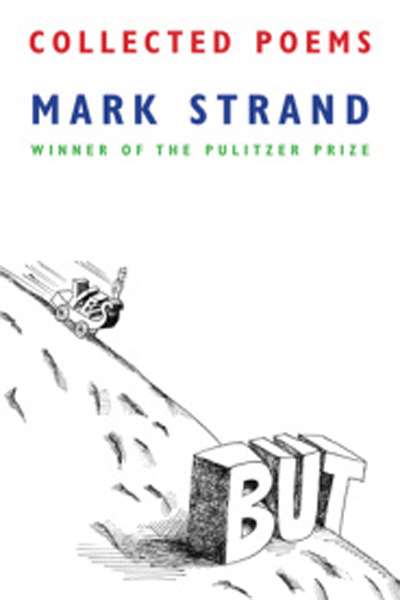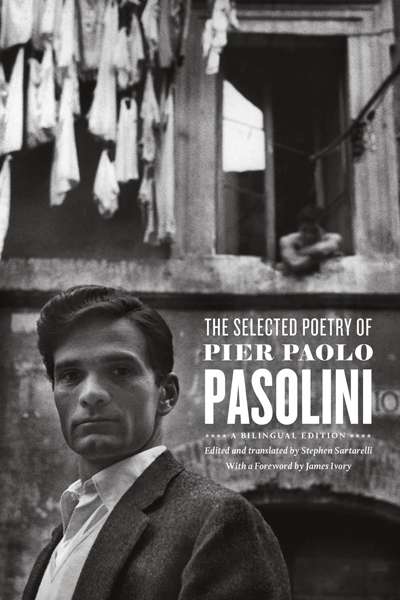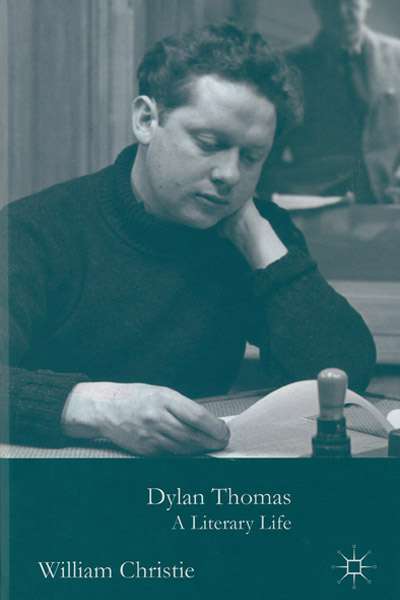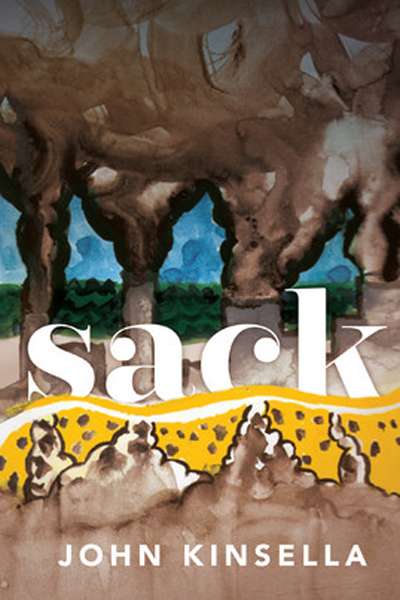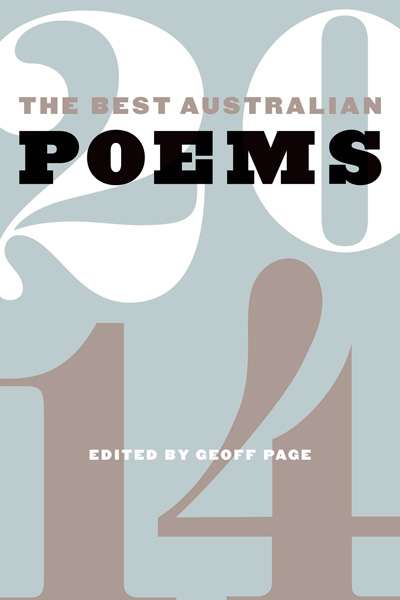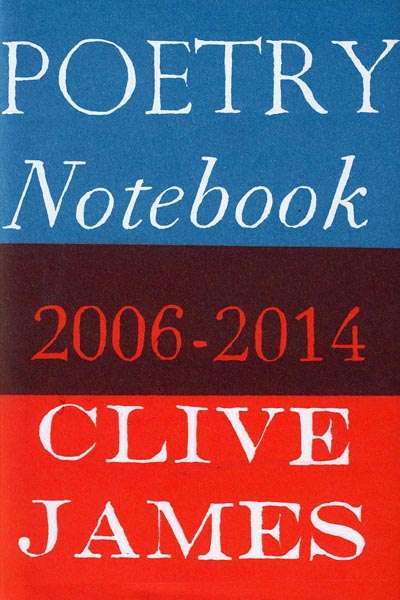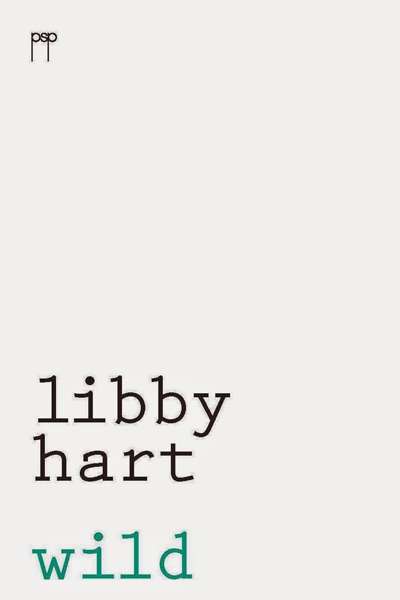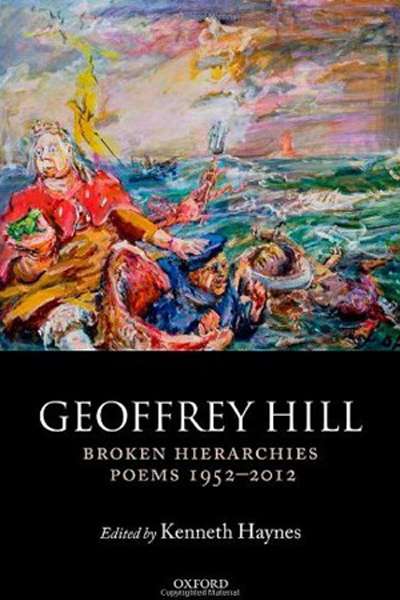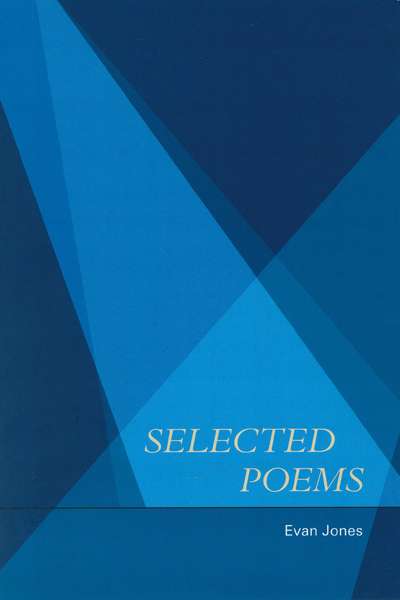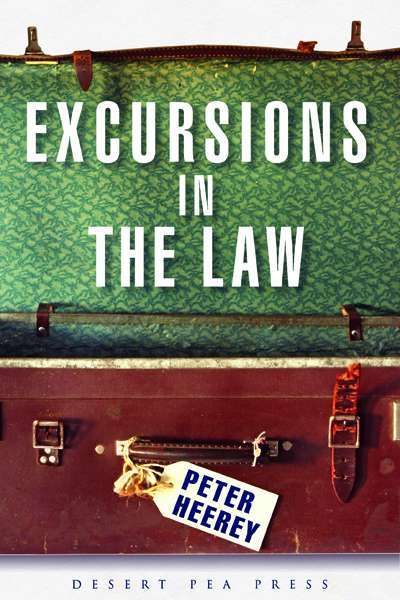Poetry
It is tempting to say that when Mark Strand died last November American poetry lost one of its most distinctive voices. But it isn’t quite true. First, Strand had already retired from poetry several years earlier (before Philip Roth and Alice Munro caused a stir by doing so from fiction). Strand returned to his first career as an artist (a very talented one, according to his teachers at Yale’s Art and Architecture School), constructing a series of collages that were shown in galleries in New York. Second, Strand’s voice is of course very much present in the poems he leaves behind, collected in this handsome edition, which came out a month before he died. Though it is a voice of loss, it is not lost to us.
... (read more)The Selected Poetry of Pier Paolo Pasolini: A Bilingual Edition by edited and translated by Stephen Sartarelli
‘The singularity and importance of [Pier Paolo Pasolini’s] artistry lies largely in the protean, multimedial quality of his vision,’ Stephen Sartarelli rightly reminds us in this bilingual edition of Pasolini’s poetry. Nonetheless, to an Anglophone world Pasolini (1922–75) is best known as the rebellious and audacious director of such films as The Gospe ...
The legendary Dylan has now been dead for a century and his fumy glitter has probably faded a little. But then, how far do any poets these days really have glamour to show for themselves, no matter how hard they drink? Very few, in the Anglophone world at least: there’s nobody around like Wales’s roaring boy.
... (read more)The eponymous poem in John Kinsella’s latest book recounts a group of teenagers witnessing a sack being flung from a speeding car. The sack, they discover, is filled with tortured kittens. This shocking poem of human cruelty begins a collection concerned with Kinsella’s great themes: the degradation of the environment, human violence (particularly towards animals), and the potential for language – especially poetry – to represent, and intervene in, those things. Despite the extraordinary variety and output of Kinsella’s career so far, his works (poetry, novels, translations, plays, short stories, autobiographies, works of criticism) share a single, ambitious project: to imagine a relationship between political action and literary speech.
... (read more)The Best Australian Poems 2014 edited by Geoff Page
‘Lending printed eloquence to a poem’ comes from ‘Alas’, Chris Wallace-Crabbe’s elegiac tribute to Seamus Heaney. There is eloquence aplenty in this fine collection of more than a hundred and twenty poems edited by poet Geoff Page, someone who understands that eloquence speaks in many tones and in various formal structures. This variety is generously represented here, even if, as a result of Page’s allegiance to ‘a broad church’ of Australian poetry and his wish to represent its full range of tendencies in a way that will speak to a congregation of ‘average reader[s]’, the collection treads lightly in the realm of experimental or avant-garde poetry.
... (read more)Poetry ‘cannot be an ark to help us survive the flood’, wrote Zbigniew Herbert in 1948: ‘It has to be our daily bread, an article of primary need.’ Nothing could be more truly said of Clive James’s approach to poetry. His latest assemblage of essays, reviews, and miscellanea, collected over the years that straddle his diagnosis of leukemia, feel necessary as oxygen. There is a quiet restlessness too: a sense of sorting papers into some final order.
... (read more)Libby Hart’s new collection is ornate and knotty in a way that the reader would never divine from its cover, which is clear and white, with ‘wild’ in plain green typescript. It is essentially a bestiary, with birds of all kinds, as well as other creatures, including humans, in wild places, blown by winds and salt spray, or bringing wildness to ‘settled’ human habitations. There is a kind of emulsion of the direct and the opaque in her style that makes the mythic, fabulous elements appear to flow out of nature, directly, but in fact it is more as if we were in a wunderkammer of natural history, where the labels on the exhibits go beyond the call of duty and try to tell us everything about everything.
... (read more)Broken Hierarchies: Poems 1952-2012 by Geoffrey Hill
In his November 2010 lecture delivered as Oxford Professor of Poetry, Geoffrey Hill tested the idea that poetry might constitute a form of perjury. He acknowledged that ‘this is a deeply pessimistic view: many would say anachronistic’. Showing that language is an imperfect and even fallen medium which presents moral hazards to its users was not, however, the ses ...
Evan Jones’s Selected Poems is more than timely: its author was born in 1931. In an introduction (or ‘Personal Appreciation’), fellow Melbourne poet Alex Skovron complains that ‘Evan’s work has not always received the attention it deserves, especially in recent years’. It is worth pausing a moment to consider why this should be so.
Jones i ...
What’s on a judge’s mind? Litigants and advocates would love to know. Former judge Peter Heerey answers that question in his latest book, a compendium of writing over many years, covering a vast array of topics and in myriad forms.
... (read more)

